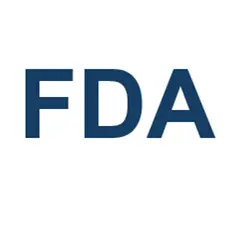Monopotassium phosphate helps regulate acidity or can be added as a nutrient.
Monopotassium Phosphate
Found In
- Dairy products and substitutes
- Processed foods
- Sports drinks
Also Known As
- Dipotassium Hydrogen Phosphate
- Dipotassium Monophosphate
- Dipotassium Orthophosphate
- Dipotassium Phosphate
- E340
- MKP
- Phosphoric Acid, Dipotassium Salt
- Potassium Monohydrogen Phosphate
- Potassium Monophosphate
- Potassium Phosphate, Dibasic
The Beverage Bottom Line
Monopotassium phosphate is authorized for use in the U.S., Europe and Canada.
This ingredient may have authorizations in countries not included on this site.
International Assessments and Authorizations

U.S. Food And Drug Administration (FDA)
Generally recognized as safe for intended uses. (GRAS, GRAS Self-Determined)

European Food Safety Authority (EFSA)
Authorized for use in the EU (nutrient, additives).
In 2019, EFSA assessed the safety of phosphoric acid and its salts.
In 2015 and 2016, EFSA established dietary reference values for both phosphorus and potassium.
In 2010 and 2011, EFSA reviewed health claims for potassium.
In 2009 and 2011, EFSA reviewed health claims for phosphorus.
This page was last updated on 6/30/2025.


